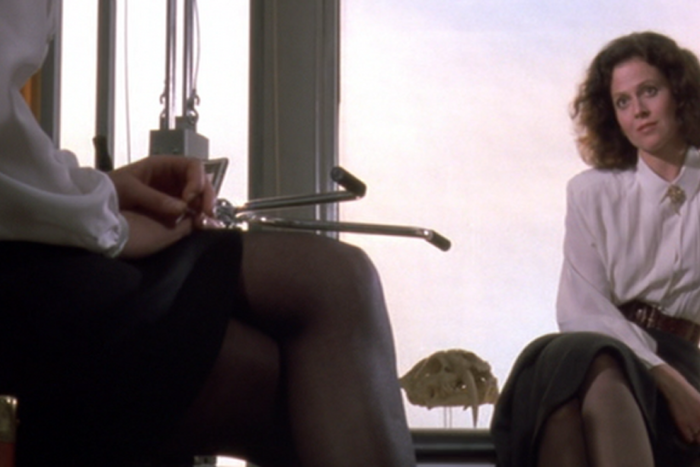My friends Marie-Ève and Dave are the kind of people who fix stuff. Their kitchen is full of espresso machines they found in the garbage and refurbished, and they’re constantly showing up at their friends’ houses with extra washing machines or lengths of wood to make better shelves. I did not grow up among people who fix stuff. My family’s house was the kind where everything had a “trick.” Guests needed a lengthy orientation on how to flush the toilet without breaking the water-pump, and where not to step in the basement so they didn’t put a foot through the rotten linoleum. When Marie-Ève and Dave visit me, they put down carpeting in my bedroom and rearrange my kitchen shelves. Sometimes I feel like my life is a broken toaster they’ve been tinkering with since we met, and someday they will miraculously make it work.
In the current issue of Ethnography, Jeremy Morris from the UK’s University of Birmingham discusses the role of fix-itness, or DIY, in post-soviet Russia. As you probably already knew, the best way to prove you’re a man is to build your own fish tank.
Morris conducted his fieldwork in Izluchino, an “urban settlement” about a three-hour bus ride from Moscow. (Well, it’s not actually called Izluchino—Morris changes the names of people and places to protect his subjects’ privacy.) Morris hung out there as a “participant-observer” in 2009 and 2010, and bases his findings on long-term interactions with fifty informants.
Like many small Russian towns, Izluchino has what other researchers have called an “urban peasant” identity—people live in the centre of town and maintain vegetable plots on the outskirts to supplement their small incomes. Izluchino sprang up during the Soviet era as a company town, serving a single state employer; now some inhabitants live in wooden houses in the centre, but most live in apartment blocks built by prisoner labour. When the USSR collapsed in 1991, Izluchino was screwed over: the state jobs evaporated, the state money for infrastructure and social benefits was lost, and the companies that survived didn’t pay on time.
The aquariums, along with other home improvements like decorated shelving, furniture, or tool-boxes, are ways for men whose roles as breadwinners have often been compromised to show their worth. Home construction projects are also crucial ways for the men in this town to reinforce their place in the network of “muzhik” or “ordinary blokes” who know how to work with their hands.
Building a tropical aquarium requires a lot of collaboration—people in Izluchino even breed and trade their own tropical fish. Morris describes the apartment of an informant he calls Boris:
[T]aking pride of place in his very cramped one-bed flat were two aquariums, one larger than the other. Only if you looked carefully could you see these were DIY jobs with tinfoil-wrapped plywood lids. It wasn’t Boris’s idea to make these: the idea and skills came from his ex-work mate Misha (30, paper-cutter and packer), something of an authority on fishkeeping. Importantly, this practice was not only about building a fish tank; it was also about a display of practical skill, mutual assistance, exchange of information and know-how. The bigger the aquarium the more difficult the cutting and epoxying of the acrylic glass sides of the tank – invariably workers relied on the help of others in actual construction.
When Boris’s wife leaves to go buy some potatoes, he confides to Morris that Misha sourced a lot of the materials. Morris notes that the fish tanks have come to represent for these men the sort of autonomy and control that they used to derive from their workplaces, and are now only able to exercise in their homes.
Misha, the friend, has his own fish tank, and when Morris visits him, he finds that the fishkeeping is partly “a pretext for socialization and networking”—Misha tells him, “[Y]ou can call on someone and ask them how to do something – maybe you already know but want to check and anyway it is enjoyable just to talk about things – it helps you to think through your own ideas.” He adds, “It’s important that people can see I can make something with my own hands.”
In fact, the aquariums are valued more as proof of skilled work than as consumer items in and of themselves. As Boris puts it, “‘I can’t see myself actually buying an aquarium if I had the money. That’s not the point of it. Just being able to go to a shop and take one off the shelf would make it meaningless.” In other words, what the hell would he want with tropical fish?
Morris has a nice paragraph about the symbolism of the exotic fish tanks to people in straitened circumstances in this small Russian town. “Life’s fragility,” he writes, makes a man’s home-made aquarium “not only a symbol of self-sufficiency and resourcefulness in the face of general lack, but mirrors [his] difficult caring and providing role...sustaining life in a harsh economic environment.” Somewhere in the murky water under the tinfoil lid of every patched-together life, there’s an African Jewelfish, a Siamese Fighting Fish, or a Glowlight Tetra gracefully ribboning back and forth, flourishing where happenstance has placed it.






